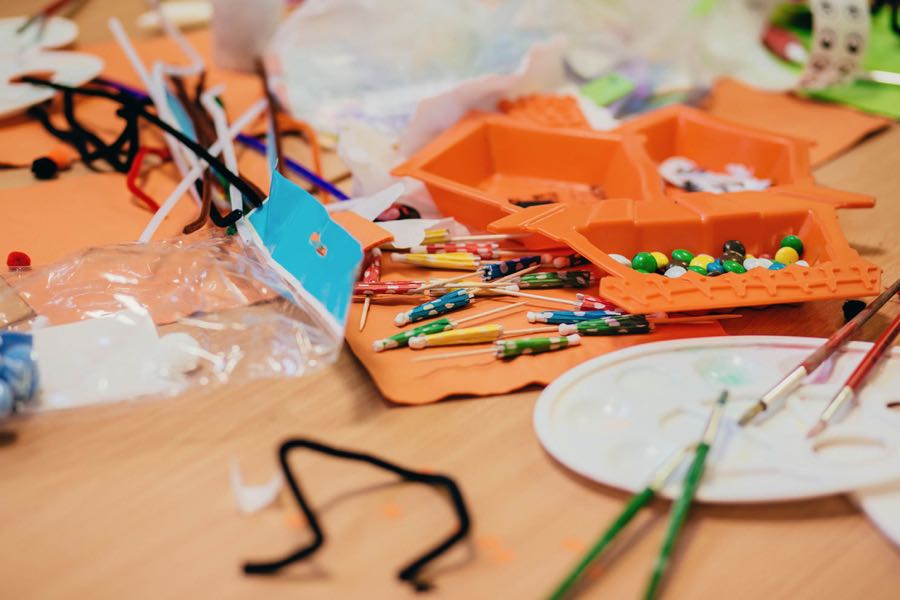There is a disconnect between many social skill programs and the needs of children/ students with disabilities. Children/ students with disabilities require specific and individualised adaptations to access the curriculum and whilst many educators are skilled at adapting programs to meet the needs of their students, some report that the time and energy required to do this is extensive and consequently they prefer to create their own. Whether the choice is a commercially available program or a self -made one, there are five prerequisites that must be considered prior to implementing social skills programs.
Teachers have many demands placed upon them and it is easy and understandable to utilise a program without prior analysis of prerequisites for the program or to determine whether the program is a good match for your students. However, it is worthwhile to perform a needs analysis by determining children’s/ student’s strengths and interests as well as their deficits. Incorporating elements of children’s/ student’s interests and strengths into the program will greatly assist with engagement. Many children/ students with disabilities have very narrow interests and simply ignore learning opportunities outside their area of interest. I’m not suggesting that the whole program centre on a student’s special interest, but utilising a hook to spark their interest can make a significant difference to a student’s engagement. For example, one disengaged student had a specific interest in the movie ‘Inside Out’ and she was a visual learner whose preferred learning style was via the interactive whiteboard. This information was utilised to adapt the Incredible Five Point Scale (a visual /communication tool that assists self regulation) to incorporate the emotions depicted in the movie into the scale and place this on the whiteboard for the student to communicate how she was feeling. This small change encouraged this student to join in lessons.
Educators also need to determine the child/ student’s social skill needs. Most of this can be completed through observation of children/ student’s in the context of the school/ centre and interpersonal relationships. There are numerous checklists that are freely available to guide these observations. Allied health professionals such as psychologists, OTs and speech pathologists frequently assess children/ students with disabilities and these reports should be read in conjunction with your own observations. It is helpful to note that children/ students can change quickly and also act differently in different contexts. A common story is of students who are well behaved at school because they have focused all their time and energy into this, yet they struggle to self- regulate at home. However, educators should not rely solely on professionals, as parents should play a significant role in the choice, type and implementation of social skill programs. After all they will be the ones supporting their child to generalise what was learnt at school into the home setting.
2.Collaborate with parents
Collaboration with parents via the individualised planning process can easily be overlooked when developing and implementing social skills programs. However, educators are expected to consult with parents under the Disability Standards of Education 2005 and this consultation process makes our teaching more effective as parents are experts on their children and can provide valuable information about what works and what does not. Collaboration also assists to provide consistency between home and school, which is a great benefit for all students, but particularly those with cognitive delays and language difficulties who require consistency with visuals, choice of language and approaches. Check in with parents about their priorities and concerns, what they have tried in the past, what they are doing at the moment regarding social skill support/ teaching and whether they can make recommendations. One social skills program that has a focus on parental collaboration is ‘What’s the Buzz?’ The program includes templates for an introductory letter to parents, a social functioning survey for parents to complete and hints and tips to keep parents in the loop the whole way through.
3. Explicitly teach interoception either prior to or alongside social skill programs
Interoception is the least well known of the senses and refers to the process of receiving, accessing and appraising internal bodily signals. Many children /students with disabilities have difficulty interpreting their own body signals and simply cannot make sense of what their body is telling them. Some may have an under responsive interoception. This explains why some students do not recognise that they need to take off their jumper when it is hot, eat when they are hungry or go to the toilet when their bladder is full. Others may have an over responsive interoception resulting in difficulty screening out background sensations such as the tags on clothing, to the point where they can focus on nothing else. Difficulties with interoception can result in social isolation, particularly when students wet or soil themselves or are so focused on one thing that they cannot pay attention to anything else. Interoception is a key factor in having a healthy life. Difficulties with interoception can be a barrier to the effective implementation of social skill programs as children/ students are unable to label how they feel internally. Consequently interoceptive awareness should be a priority for all students with disabilities to develop emotional awareness and expression along with self -regulation. A program that can assist with developing interoception is Interoception 101.
4.Provide a visual system for the child/ student to communicate how they feel.
Children/ students with disabilities tend to respond well to the use of visual systems and predictable routines. Two well -known visual systems that assist with self -regulation are the Incredible Five Point Scale and Zones of Regulation. These systems provide a coloured and numbered scale to teach social and emotional concepts. These scales have many uses but can be used to represent different levels of stress and anxiety. Since many children/ students with disabilities have difficulty with interoception, a visual scale assists them to pay attention to their internal cues. Once children/ students recognise their internal state on the scale, they can learn and practice different socially acceptable responses such as asking for a break from the classroom by using a ‘Take a Break’ card. However, the skills of children/ students with disability vary greatly and what works for one may not be successful for another. Keep this in mind when choosing visual systems and if possible obtain input from a speech pathologist.
5.Ensure the program is evidence based
As professionals we make decisions about the programs that we utilise in our classrooms, however we need to support our decision making with sound research evidence rather than anecdotal experiences. Macquarie University Special Education Centre provides briefings to guide decision making for educators. This comprehensive website has a ton of information about programs on offer to inform your decision- making.




